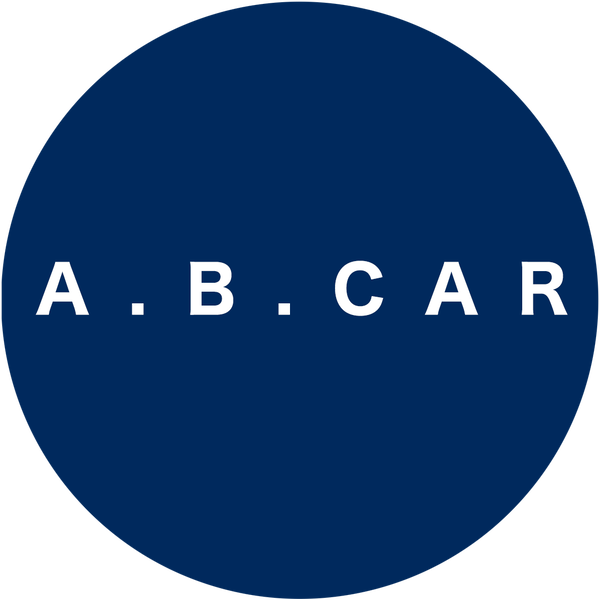[The ABCs of Financial Management] How to determine the right financial management method for you? | Editor: Li Zisheng

🧭 How to determine the right financial management method for you? Comprehensive self-assessment tutorial + local tips from our editors
Hello everyone! Today, I'm sharing how to find the right financial management method for you. Don't blindly sign up for investment classes or buy stocks based on rumors. The best financial strategy for each person needs to be "tested" by themselves! Want to know how to invest with confidence, use your money comfortably, and earn happily? Follow these steps and you'll be able to work just like Hong Kong people! 🤑🔍
📊 Step 1: Understand your current financial situation and goals
-
First, a comprehensive inventory Income, expenditure, current assets, liabilities, cash flow, find out key points such as "how much money is there", "the most washed out side items", "whether there are high-interest debts", etc.
-
Set clear short-, medium-, and long-term goals : for example, paying off your credit card in six months, traveling in a year, or retiring in 20 years. Different financial management tools are needed for different management goals.
-
You must first clarify your net assets (assets - liabilities) and whether you have "positive cash flow" every month.
🧠 Step 2: Assess your risk tolerance
-
Everyone has a different risk tolerance . Banks and brokerages often offer risk assessment questionnaires or personality tests to help you identify your risk profile.
-
The most common grading methods are as follows:
| Risk Type | Traits | Investment preferences |
|---|---|---|
| Conservative (low risk) | Focus on capital preservation and fear of volatility | Fixed deposits, iBonds, insurance savings, money market funds |
| Robust | Can withstand small fluctuations | Some bond funds, balanced funds, and stable stocks |
| Balanced | Accept moderate volatility | Diversified investment in bonds and stocks |
| Growth | Love adventure and dare to pursue returns | Growth global funds, blue chip stocks, hybrid ETFs |
| Aggressive (high risk) | Seeking fast and high returns | Individual stocks, technology stocks, derivatives, virtual assets |
-
Key points to consider: "Will I lose sleep if the stock price drops 10%? Will I lose control of my emotions if I lose 100,000?"
🧬 Step 3: Understand your financial personality and values
-
Some people are naturally tree-like and steady, while others are lavender-like, seeking a life of enjoyment. Your personality influences your endurance and mental balance. Some are suited to regular investment, others to passive income, and still others can withstand high short-term volatility.
-
For example: Cactus type = self-disciplined, thrifty and patient; Ivy type = easily influenced by external factors and impulsive; Tree type = steady and willing to invest in the long term; Lavender type = focuses on the quality of life and hopes to have a relaxed and enjoyable life.
📋 Step 4: Financial Management Method Self-matching Table
| Needs/Personality | Suitable financial management methods | Editor's Tips |
|---|---|---|
| Conservative and savings-oriented | Savings accounts, fixed deposits/insurance policies, money market funds | Consider high-interest current accounts or iBonds |
| Long-term perspective, stability | Regular investment in funds and diversified investment portfolio | It is recommended to choose a global balanced fund |
| Focus on returns, not volatility | Individual stocks, ETFs, growth funds/technology themes | Set a stop-loss order and only use spare money |
| Busy with little time | Smart investment platform, index fund fixed investment | Available monthly payment plan for lazy deployment |
| Prefer physical assets | Real estate rental, REITs, gold | Pay attention to liquidity and leverage risks |
🎯 Step 5: Checklist before selecting an investment product
-
Goal vs. Risk : Is the goal short-term, medium-term, or long-term? Can you afford to lose your principal?
-
Liquidity requirements : When will the funds be needed? Can they be withdrawn at any time?
-
Management skills : Are you brave enough to chase prices every day? Do you want to ignore automatic deductions?
-
Knowledge level : Do you understand investment products? If not, try a simple solution first.
-
Costs and Fees : Are transaction costs high? Are there any management fees, handling fees, etc.?
📚 Practical online self-assessment
-
You can try the "risk assessment" platforms of banks and securities firms (Futu, Hang Seng, HSBC, etc. all have free questionnaires).
-
You can also take the MBTI or plant-based financial management psychology test to understand your personality-based financial management blind spots.
🏆 Editor's honest opinion
-
The most stable option is to invest in a company that suits you first. Don't invest blindly just because a friend or influencer recommends it.
-
Beginners' advice: defend first and then attack, it is safer to upgrade gradually
-
Review your status regularly. You need to adjust your financial management methods at different stages of your life. Take the initiative in financial management and you won’t be bored!
🌟 The editor summarizes the financial self-assessment formula
-
Inventory of cash flow + setting goals
-
Ask yourself: Are you frustrated if you lose money? Do you get impatient if your returns are low?
-
Use the checklist/risk assessment form to find the right investment product for you
-
Always learn before taking action. Don’t be afraid of taking small steps, but be afraid of making random moves!
Find a financial management method that suits you, and start your journey of wealth growth immediately, making progress every day! 💪✨



